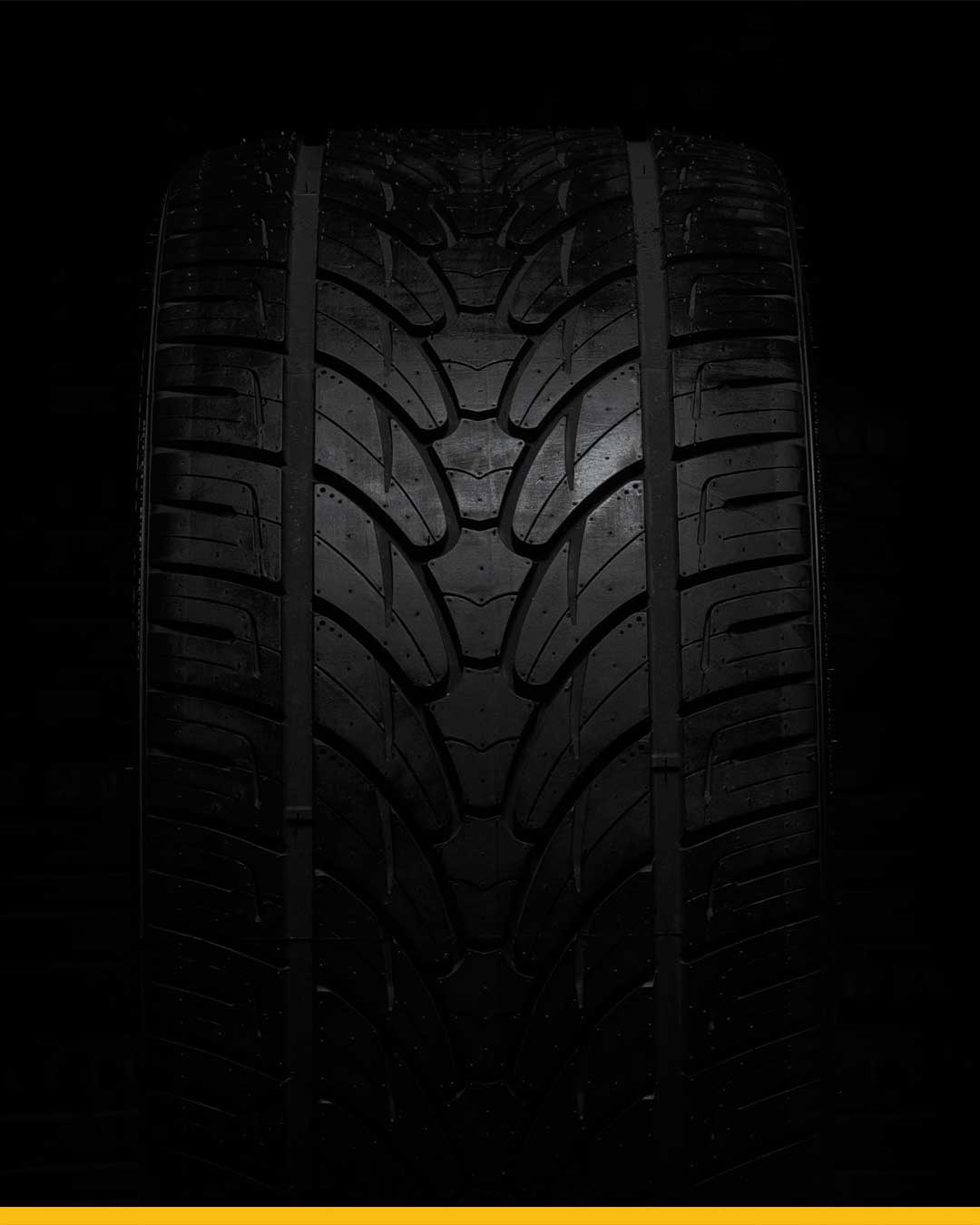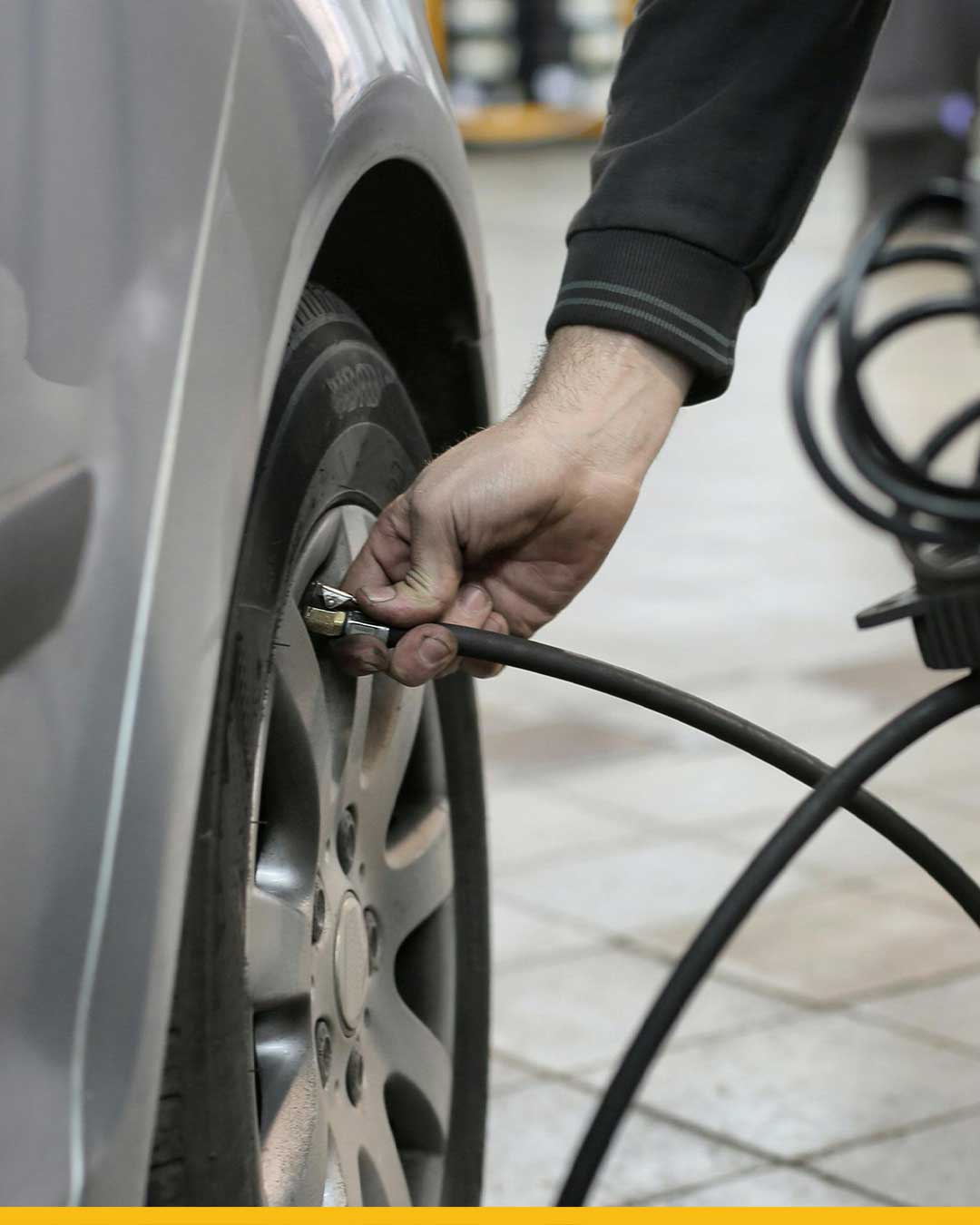Fuel Efficiency and Tires
As the cost of fuel continues to rise, drivers are increasingly looking for ways to save money at the pump. The tires on your car play a major role in its fuel efficiency. In fact, according to the Department of Energy, 20% to 30% of a vehicle’s fuel consumption and 24% of a road vehicle’s carbon dioxide (CO2) emissions are tire-related. That means that choosing the right tires and maintaining them properly can save you money and help reduce your environmental impact.
We aim to provide valuable insights into how tire-related factors can affect fuel consumption by examining the latest research and studies. This information will help readers make informed choices to improve their vehicle’s fuel efficiency.
Do Tires Affect Fuel Consumption?
Yes, tires can significantly impact your vehicle’s fuel consumption. Several factors related to tires can influence fuel efficiency, including tire size, pressure, tread depth, rolling resistance, and type.
The only thing connecting a vehicle to the road is its tires. Only a small portion of each tire, known as the “contact patch,” is in contact with the road at any given time. Worn tires not only impair handling, but they are also more likely to slip on the road, which requires the engine to work harder to move the vehicle forward, thus negatively impacting fuel economy.
Rolling Resistance
The force that opposes the motion of a tire rolling on a surface is called rolling resistance. It is the energy consumed by a tire per unit distance traveled and is a major factor in a vehicle’s fuel consumption. Rolling resistance is mainly caused by the deformation of the tire as it comes into contact with the road surface, which results in energy loss that must be overcome by the vehicle’s engine, resulting in wasted fuel.
This force is significant because it has a direct impact on a vehicle’s fuel consumption. Lower rolling resistance can improve fuel efficiency, making it an important factor to consider when choosing tires for a vehicle. Drivers who want to optimize fuel consumption and reduce carbon dioxide emissions should understand rolling resistance.
How to Improve Fuel Efficiency with the Right Tires
Fuel efficiency is a crucial factor for both cost-effective driving and environmental impact. Choosing the right tires can significantly improve your vehicle’s fuel economy.
Tire Size
Larger tires are heavier and have higher rolling resistance, which decreases fuel efficiency. Smaller tires are lighter and have lower rolling resistance, which increases fuel efficiency. For stop-start traffic, smaller tires are better because they require less power to get them rolling. For high-speed freeway driving, larger tires are better because they cover the same distance with less work required by the engine.
In addition to size, weight is also a factor to consider when choosing tires. A good rule of thumb is to reduce the sidewall height by one inch for every inch you increase in wheel size.
Tire Pressure
Proper tire pressure is crucial for optimal fuel efficiency. Underinflated tires have a larger contact patch with the road, increasing friction and rolling resistance. This heightened rolling resistance translates into lower fuel economy. For example, a study by the U.S. Department of Energy found that underinflated tires can reduce fuel economy by up to 3%.
Conversely, overinflated tires can also negatively affect fuel efficiency, as they lead to a smaller contact patch and reduced traction. This can make it more difficult to accelerate and stop, which can also lead to wasted fuel. In addition, overinflated tires are more likely to overheat and wear out prematurely, which can further reduce fuel economy.
The ideal tire pressure for your vehicle will vary depending on the make, model, and year of your car. You can find the recommended tire pressure for your vehicle in your owner’s manual. It is important to check your tire pressure regularly and inflate your tires to the recommended pressure. You should also check your tire pressure before every long trip. On top of that, consider which type of air to use, such as nitrogen vs regular air.
Tread Depth
Tread depth is measured in millimeters (mm) and is typically indicated on the tire sidewall. The minimum tread depth required by law varies by state, but is typically 1.6 mm (0.0625 in).
Tread depth helps to reduce rolling resistance. As tread depth wears down, rolling resistance increases. This can lead to reduced fuel efficiency. It is important to check the tread depth of your tires regularly and replace them when they reach the legal minimum.
Tire Type
The type of tire you use can also influence fuel efficiency. All-season tires, while versatile, typically have higher rolling resistance compared to summer tires, which are designed for warmer conditions and offer lower rolling resistance. This is because summer tires are made with a softer rubber compound that conforms better to the road surface, reducing friction and drag. All-season tires, on the other hand, are made with a harder rubber compound that is more resistant to wear and tear, but also creates more friction and drag.
Winter tires, optimized for snow and ice, have the highest rolling resistance among these three types. This is because winter tires are designed with a tread pattern that helps to grip the road in slippery conditions, but also creates more friction and drag. While winter tires are essential for safe winter driving, they can also impact fuel economy.
In general, the lower the rolling resistance of a tire, the better the fuel efficiency. So, if you’re looking to improve your fuel economy, you may want to consider investing in a set of summer tires for the warmer months and a set of winter tires for the colder months.
Wheels
Often overlooked, wheels also play a major role in fuel economy. If you want to further improve fuel efficiency, then looking for a set of aftermarket wheels may be the answer. Most modern vehicles are made from alloy or aluminum. Although these metals are quite lightweight compared to steel, there is room for improvement by reducing the weight of your wheels.
Different types of construction exist in wheel manufacturing: cast, flow formed, and forged. Cast wheels are the heaviest of the three, and is how most auto manufacturers make their wheels. Flow formed wheels are a balance between the two, offering great weight savings. Forged wheels are the lightest wheels available on the market, and offer significant weight savings, which can improve fuel economy.
That said, forged wheels are the most expensive option, while cast are the cheapest.
Final Thoughts
In conclusion, tires play a significant role in determining fuel consumption. By choosing the right tire size, maintaining proper tire pressure, ensuring adequate tread depth, selecting tires with low rolling resistance, and using the appropriate tire type for the prevailing conditions, you can optimize your vehicle’s fuel efficiency and save money on gas.




